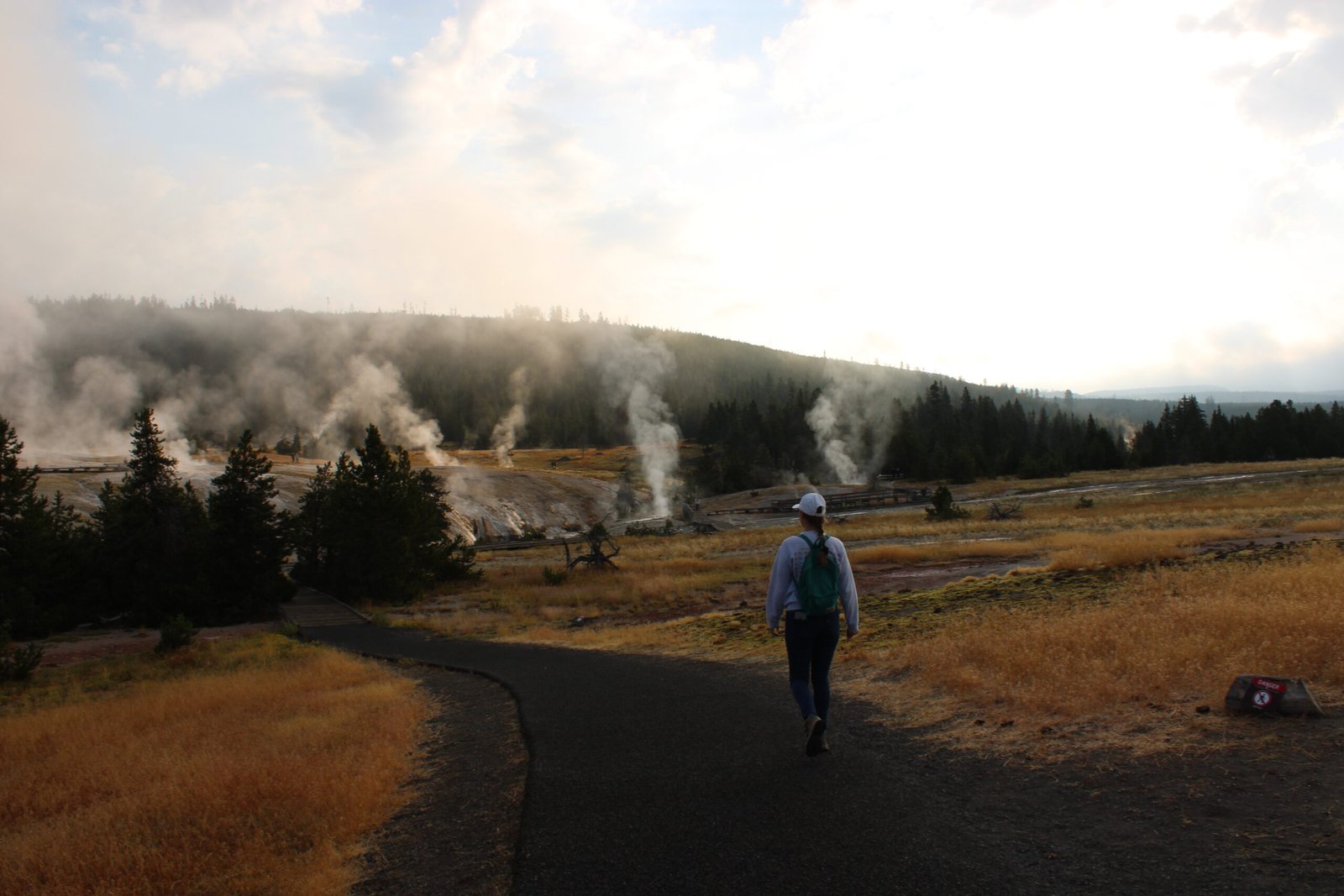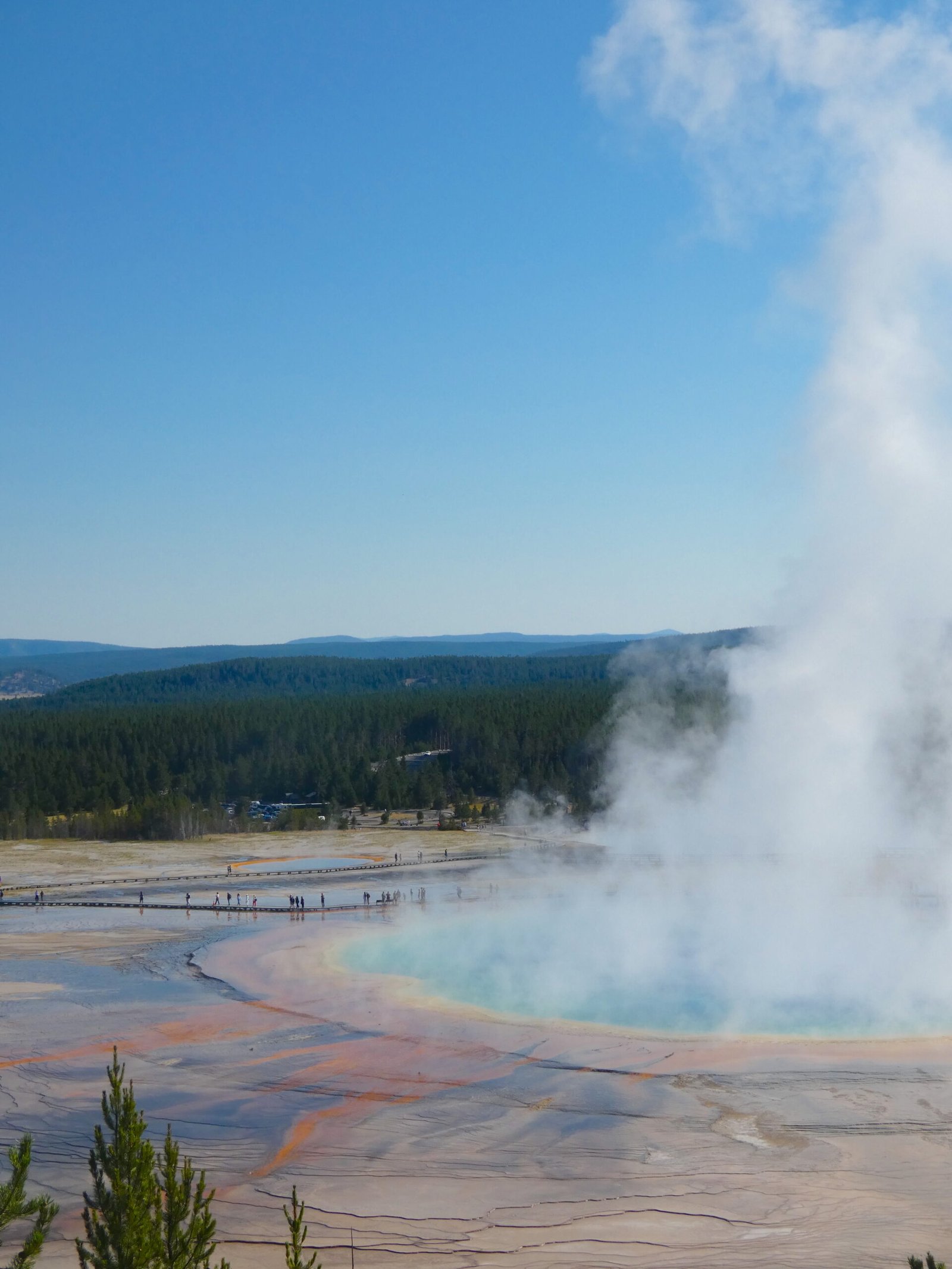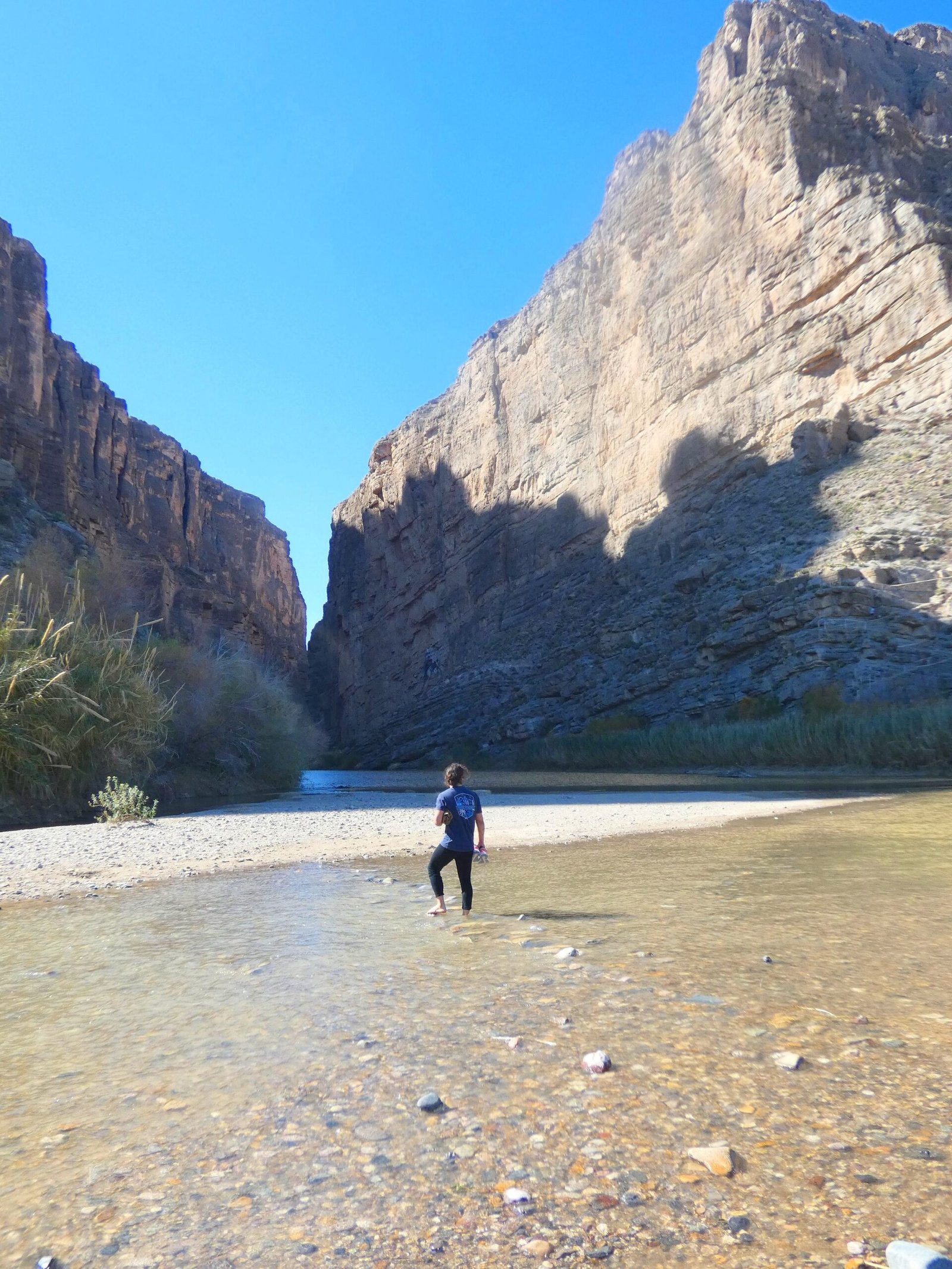Plan the perfect trip to Yellowstone National Park with this complete travel guide. Featuring everything you need to know before you go, including, top things to do, what to bring, when to visit, & more.
Calling all lovers of wildlife, geology, history, and nature to Yellowstone National Park! Yellowstone is the park of all parks. It offers beautiful vistas, roaring rivers, herds of wildlife, and some of the most unbelievable geological features you might ever see.
Half of the worlds geyers and hydrothermal features are in Yellowstone National Park, including, the Yellowstone Caldera, the largest super volcano on the continent. Not to mention, the Grand Canyon of Yellowstone, a 484,000 year old, 20 mile long, and 1,000 foot deep canyon created from lava.

Yellowstone’s proximity to Grand Teton National Park make this area a great roadtrip destination. If you have just one day or a few days to spare, you’ve got to visit Yellowstone National Park!
This post contains affiliate links, so we may earn a small commission when you make a purchase through links on our site at no additional cost to you.

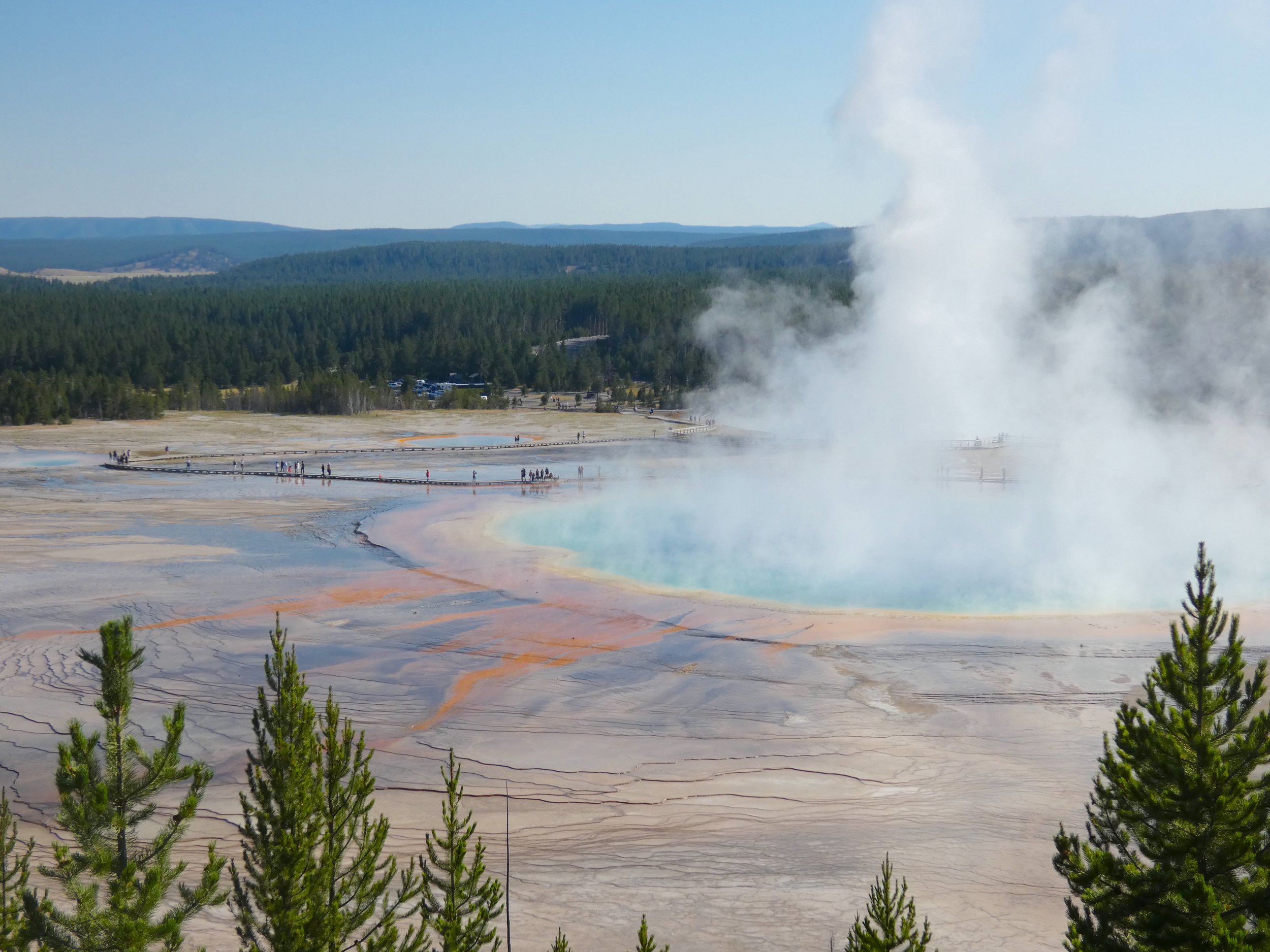
ABOUT YELLOWSTONE
Yellowstone is a 2.2 million acre national park, occupying parts of Wyoming, Montana, and Idaho. It was established in 1872 and is the first National Park in the United States. The park is known for its geothermal features, wildlife, canyons, lakes, mountain ranges, and wilderness. The park offers over 1,000 miles of hiking trails, 251 miles of roads, 12 developed campgrounds, 9 cabins & lodging, 30 different food service options.
Old Faithful Geyser is the most popular feature of the park and can spew 8,000 gallons of boiling water 185 feet into the air every 90 minutes!
No reservations are required to visit Yellowstone National Park.
ENTRANCE FEE
$35 per vehicle which is valid for 7 days. You can also use the America the Beautiful Pass to enter for free.
PET POLICY
Pets must be leashed at all times and no longer than 6 feet in length. They are only allowed in campgrounds, picnic areas, parking lots, and along park roads. They aren’t allowed on any trails or boardwalks inside Yellowstone National Park.
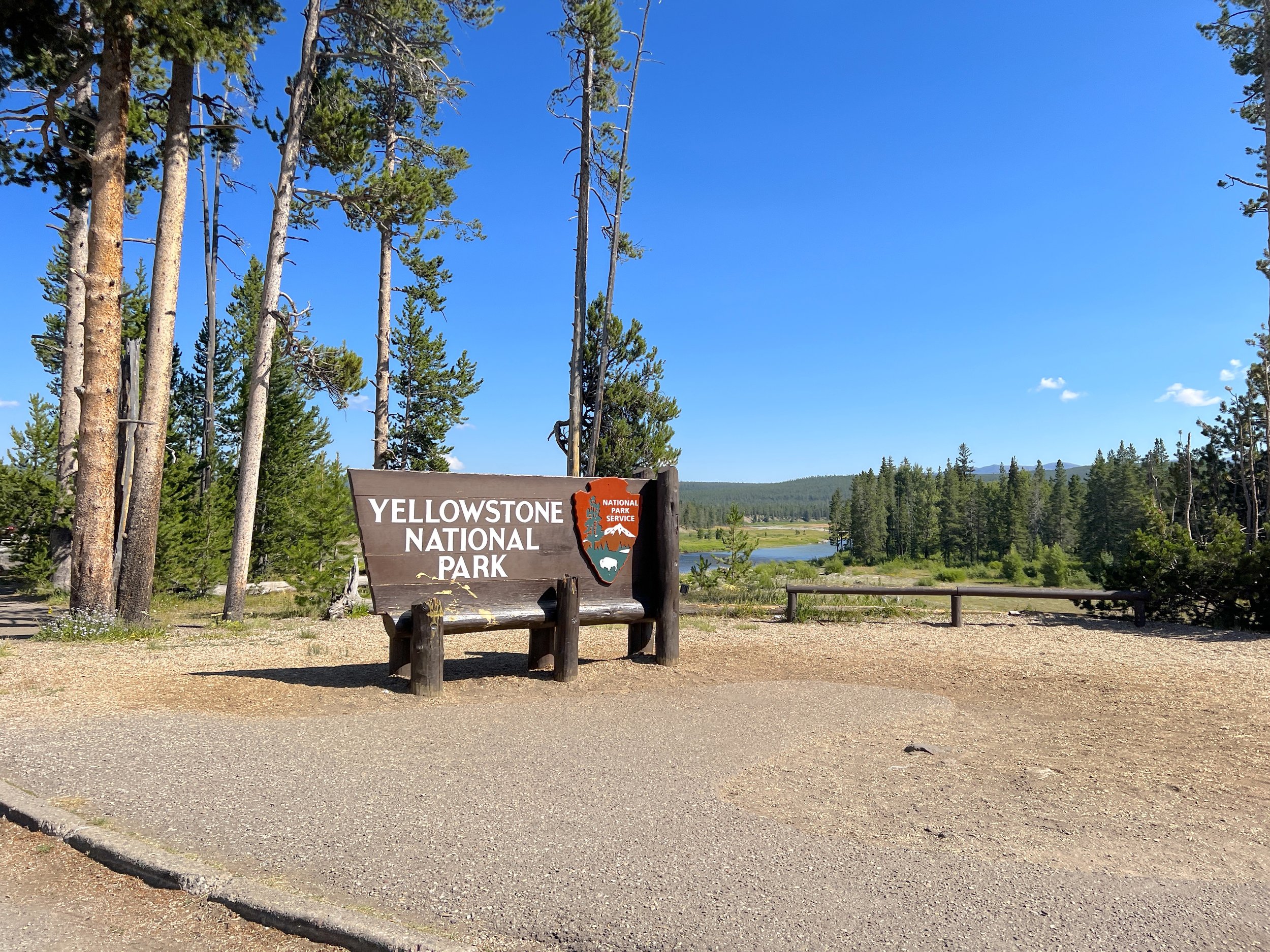
GETTING TO YELLOWSTONE
Yellowstone is located mostly in northwestern Wyoming with parts of the park spanning into Idaho and Montana. It’s located north of the popular Grand Teton National Park and is surrounded by 3 small tourist towns, Cody, Gardiner, and West Yellowstone.
Custer Gallatin National Forest encompasses the northeastern range of Yellowstone, while the Caribou Targhee National Forest borders the west, and the Bridger-Teton National Forest on the south.
Together Yellowstone, Grand Teton, and the surrounding national forests create the Greater Yellowstone Ecosystem, one of the largest mid latitude ecosystems on earth, covering 18 million acres.
- West Yellowstone, MT – 1 mile or 5 minutes ( From West Entrance )
- Gardiner, MT – 0.7 miles or 3 minutes ( From North Entrance )
- Grand Teton National Park – 6.8 miles or 10 miles ( From South Entrance )
- Bozeman, MT – 78 miles or 1.5 hours ( From North Entrance )
- Cody, WY – 52 miles or 1 hour ( From East Entrance )
- Salt Lake City, UT – 321 miles or 5 hours
NEAREST AIRPORT
- Bozeman Yellowstone International Airport

WHEN TO VISIT
SPRING & SUMMER
Snow usually covers the park until late May. Most amenities and roads in the park are closed. Summers in Yellowstone are the busiest time for the park. Temperatures are warm with the average in the 70s and 80s. Afternoon thunderstorms occur frequently in July and August. All park activities, amenities, and ranger programs are available.
FALL & WINTER
Fall brings crispy sunny days with cold nights. Rain and snow may occur during this time. December to April, snow covers the park. Most services and amenities available in the park are closed. Vehicles with 4×4, all wheel drive, or all weather tires are recommend when exploring. Wildlife is often seen around the park during winter months.

WHAT TO BRING
Plenty of Water
Be sure to pack extra water and stay hydrated while exploring. We love adding LMNT’s electrolyte packets to our insulated water bottles to stay hydrated for the whole day.

Simple Modern Water Bottle with Straw and Chug Lid Vacuum Insulated Stainless Steel Metal Thermos | Reusable Leak Proof BPA-Free Flask for Sports Gym Summit Collection 32oz, Midnight Black
Hiking Shoes
While there are many easy paths to explore in Yellowstone there are a few trails that are rocky and steep. To have the most comfortable experience on the trails we recommend wearing a proper hiking shoe or boot to provide traction and support.

Columbia Women’s Newton Ridge Plus Hiking Shoe, Elk, River Blue, 7
Sun Protectant
Weather can be unpredictable in the park so it’s best to bring your favorite sunscreen and wear sun protectant clothing when exploring.

Libin Women’s Full Zip UPF 50+ Sun Protection Hoodie Jacket Long Sleeve Sun Shirt Hiking Outdoor Performance with Pockets Ice Blue M
Hiking Sticks
These have been a LIFE SAVER. Hiking sticks are so helpful in giving you extra support as you climb up steep trails as well as coming down steep trails. They provide extra stability and we no longer hike without them.

Montem Ultra Strong Trekking, Walking, and Hiking Poles – One Pair (2 Poles) – Collapsible, Lightweight, Quick Locking, and Ultra Durable (Black Matte)
First Aid Kit
It’s never a bad idea to carry a small first aid kit while exploring in Yellowstone. Cell service doesn’t really exist in the park so it’s good to be prepared in case of an emergency.

General Medi Mini First Aid Kit, 110 Piece Small First Aid Kit – Includes Emergency Foil Blanket, Scissors for Travel, Home, Office, Vehicle, Camping, Workplace & Outdoor (Red)
Crampons
In case there’s snow on the trails, it’s a good idea to carry a pair of crampons so you don’t slip on ice or snow.

Crampons Ice Cleats Traction Snow Grips for Boots Shoes Women Men Anti Slip 19 Stainless Steel Spikes Safe Protect for Hiking Fishing Walking Climbing Mountaineering
Jacket
Temperatures at higher elevations can be 10 to 15 degrees cooler so its not a bad idea to carry a warm jacket with you.
Lunch / Snacks
It is highly recommended to pick a lunch and snacks when exploring Yellowstone National Park. The parks amenities are a good distance apart and you don’t want to be an hours drive from the next general store.

AMENITIES IN THE PARK
VISITOR CENTERS
Open seasonally and a great place to start your adventure in Yellowstone. Load up on info, pick up a park map, and get exploring.
- 5 Visitor Centers: Albright, Old Faithful, Grant, Fishing Bridge, and Canyon.
- 3 Information Stations: Madison, West Thumb, and West Yellowstone.
- 2 Museums: Museum of the National Park Ranger & Norris Geyser Basin Museum.
Here you can also find water filling stations, restrooms, & gift shops. Hours and services vary by season so it’s best to check for current conditions before planning a trip.
CAMPGROUNDS
There are 12 developed campgrounds throughout Yellowstone National Park. Reservations are required. Amenities vary from each campground.
- Bridge Bay
- Canyon
- Fishing Bridge RV Park
- Grant Village
- Madison
- Indian Creek
- Lewis Lake
- Mammoth
- Norris
- Pebble Creek
- Slough Creek
- Tower Fall
For details about each campground, visit the park website.
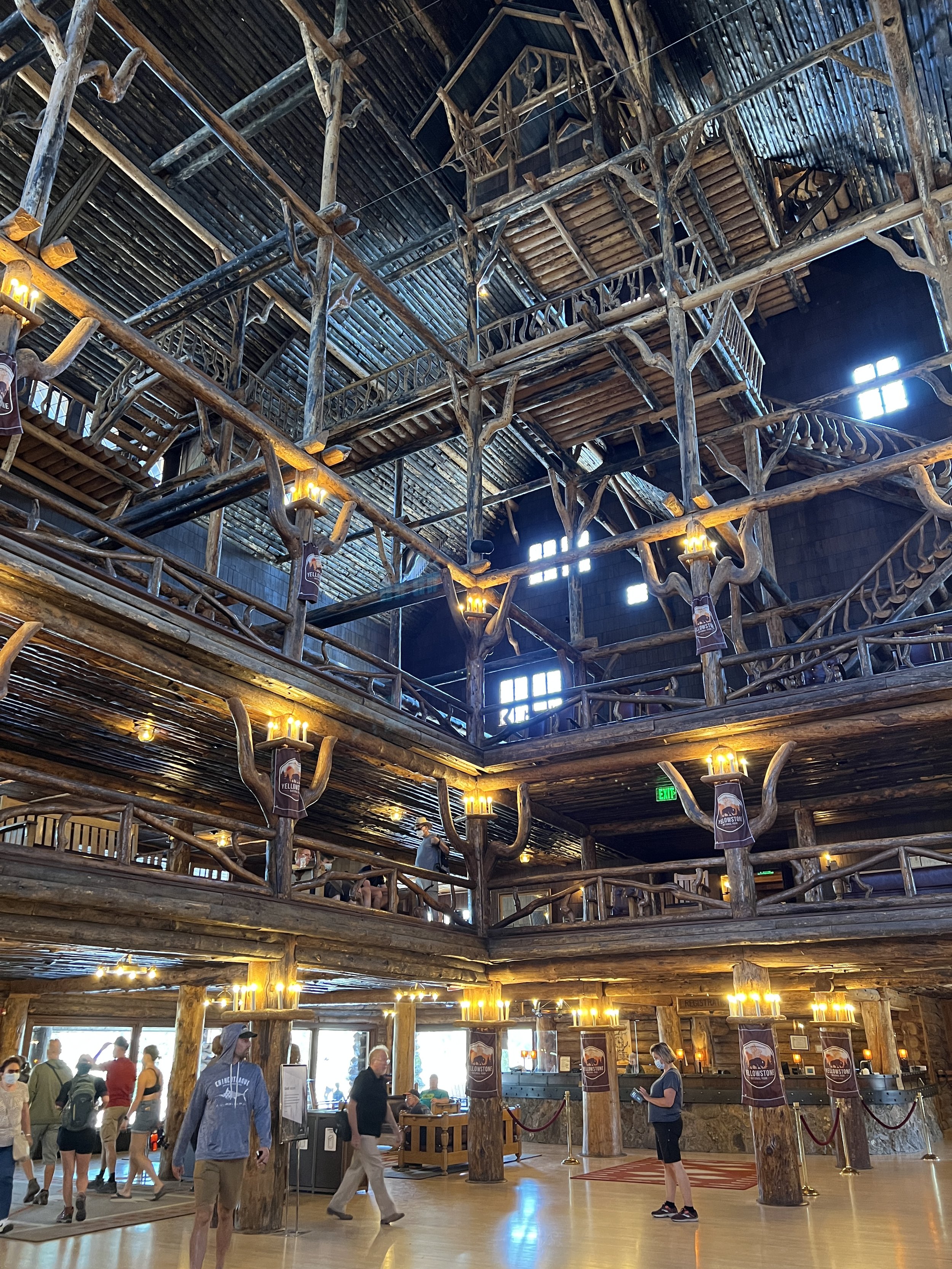
LODGING
There are several lodging accommodations available inside Yellowstone National Park. For details about each lodge in the park, visit the park website.
- Canyon Lodge & Cabins
- Grant Village Lodge
- Lake Hotel & Cabins
- Lake Lodge Cabins
- Mammoth Hot Springs Hotel & Cabins
- Old Faithful Inn
- Old Faithful Lodge
- Old Faithful Snow Lodge
- Roosevelt Lodge.
All accommodations inside Yellowstone National Park are available late Spring through Fall.
FOOD & DRINKS
There are a variety of food options found at each village in Yellowstone. Most are open late Spring to Fall, with a few remaining open during the winter months.
- Canyon Village: Canyon Lodge Eatery, Falls Cafe, Ice Creamery, M66 Grill, Washburn Lookout, & General Store, offering burgers & ice cream.
- Grant Village: Lodge Dining Room, Lake House at Grant, & General Store, offering grilled food & ice cream.
- Lake Village, Fishing Bridge, Bay Bridge: Lake Hotel Dining Room, Lake Hotel Deli, Alcohol Bar, Lake Lodge & Cabins Cafeteria, & General Store, offering grilled food & ice cream.
- Mammoth Hot Springs: Hotel Dining Room, Terrace Grill, Map Room Bar, & General Store.
- Old Faithful: Dining Room, Bear Paw Deli, Bear Pit Lounge, Coffee Counter, Alcohol Bar, Obsidian Dining Room, Geyser Grill, Lodge Cafeteria, Bake Shop, & General Store.
- Tower/ Roosevelt: Hotel Dining Room, Old West Dinner Cookout, & General Store.
For details about food options in Yellowstone, visit the park website.

TOWNS NEARBY
West Yellowstone, MT
West Yellowstone is a small tourist town located 5 minutes from the west entrance station of Yellowstone National Park in Montana. The town features the Grizzly & Wolf Discover Center, the Yellowstone Historic Center, and many local shops and restaurants to explore.
Gardiner, MT
Gardiner is another small tourist town located on the north entrance of Yellowstone. It’s known for its rafting, horseback riding, hiking, & many other outdoor activities.
Cody, WY
Cody is located on the east side of Yellowstone, near Lamar Valley and Tower Roosevelt. The towns popular attractions are the Buffalo Bill Center of the West, the Buffalo Bill Scenic Byway, and Old Trail Town, a recreated 1800s frontier town.

TOP THINGS TO DO
Check out a Visitor Center
Start your exploration of Yellowstone National Park at a one of the visitor centers. Grab a park map & check out the park movie & exhibit. Stop at the restroom and get the latest scoop from the park ranger. Don’t forget to pick up a souvenir at the park store.

Explore the Geothermal Wonders
Yellowstone National Park contains 10,000 geothermal features, such as, geysers, hot springs, mudpots, and fumaroles, located all over the park. Most of these can be seen via easy boardwalk trails located on the southwest side of the park.
However, as you drive all around Yellowstone, you’ll see these heat pockets almost everywhere you look. The most popular in the park are Old Faithful Geyser located in the Upper Geyser Basin and Grand Prismatic Spring found in the Midway Geyser Basin.


Visit the Grand Canyon of Yellowstone
The Grand Canyon of Yellowstone is a 20 mile long and 1,000 foot deep canyon carved by the Yellowstone River. The canyon is located at Canyon Village on the east side of the park and is best explored on a trail or a scenic overlook via the North and South Rim Scenic Drives.
The views you can’t miss are Artists Point, Grand View, and Upper Falls.

Get on a Trail
A great way to explore the incredible nature of Yellowstone National Park. Whether it’s an easy scenic stroll or a challenging day hike, Yellowstone has something for everyone.
The most popular in the park are, Upper Geyser Basin, Old Faithful Geyser Loop, Midway Geyser, and Grand Prismatic Overlook.
For easy trails consider | Fairy Falls, West Thumb Geyser Basin, Upper Geyser Basin, Biscuit Basin, Old Faithful Geyser Loop, Midway Geyser Basin, Mystic Falls, Artists Paintpots, Norris Geyser Basin, Fountain Paint Pot, Mud Volcano, Mammoth Terraces, Lone Star Geyser
For moderate trails consider | Grand Prismatic Overlook, Old Faithful Overlook, Brink of the Lower Falls, Beaver Ponds, Solitary Geyser, Elephant Back Mountain
For strenuous trails consider | Avalanche Peak, Seven Mile Hole, Bunsen Peak

Wildlife Viewing
Yellowstone National Park is one of the top national parks for wildlife viewing. It’s home to a variety of large animals, including, wolves, cougars, grizzly bears, bison, elk, as well as, over 300 species of birds, 67 species of mammals, 16 species of fish, and over 1,000 species of plants making this park the largest and most famous megafauna in the lower 48! Lamar Valley and Hayden Valley are popular wildlife viewing spots, as well as, early morning and evenings in the park.
Remember to stay at least 75 feet away when viewing wildlife.
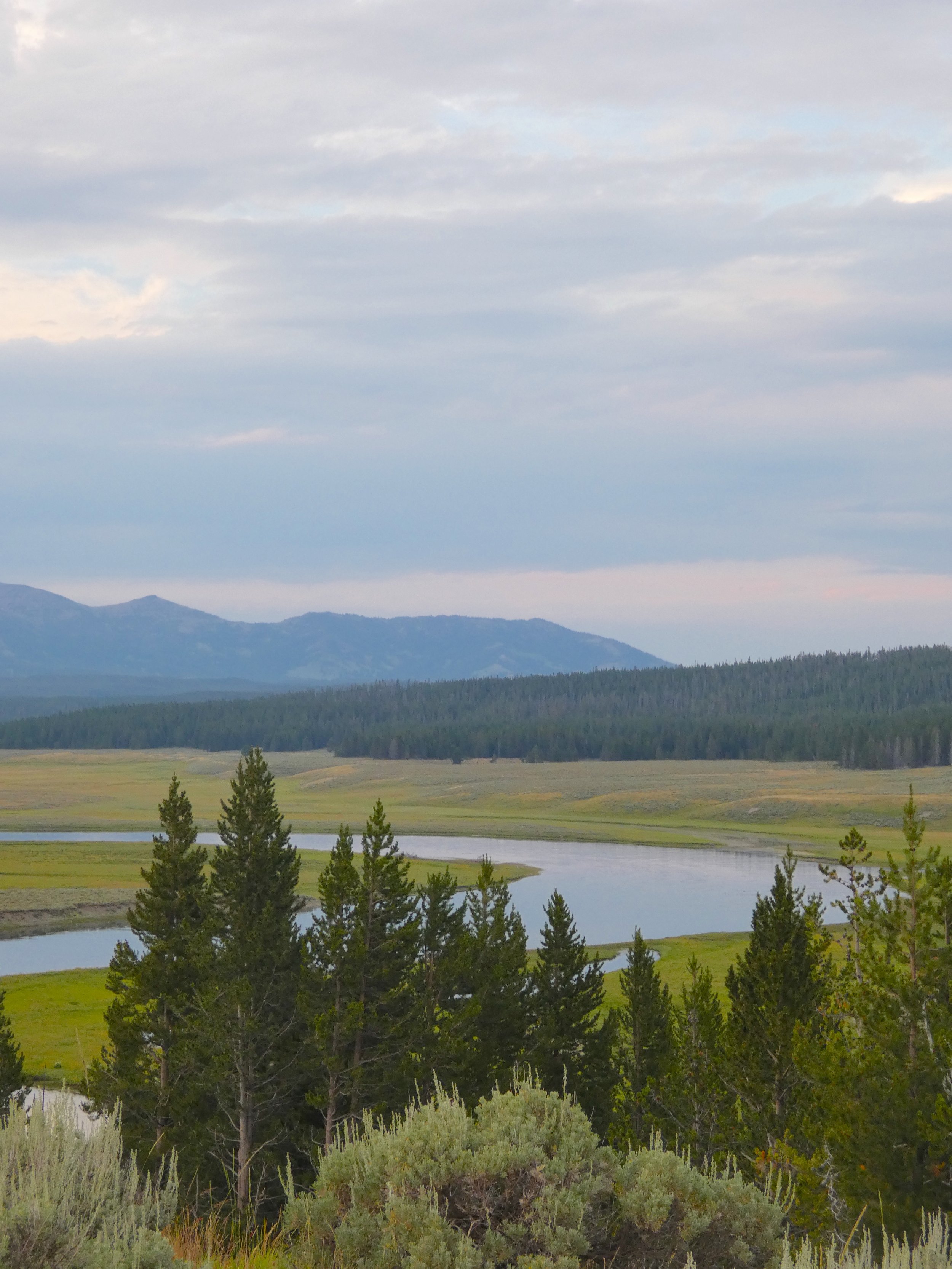
Get on the Water
Yellowstone National Park is home to numerous lakes & rivers which make getting out on the water a popular way to tour this park. May to October, learn about the history and geology of Yellowstone on a scenic cruise around Yellowstone Lake. Or rent a boat and tour the waters of Yellowstone at your own pace. Rentals are available at the Bridge Bay Marina. If you are bringing your own watercraft, permits are required and can be purchased at a handful of locations, such as, Bridge Bay, Grant Marina, and Lewis Lake, as well as, getting an Aquatic Invasive Species Inspection.
For more information about boating in Yellowstone National Park, visit the park website.

Bike in the Park
For a scenic bike ride like no other, explore one of the nine bike trails found in Yellowstone National Park. Bike paths are open Summer to Fall and range from easy scenic rides to strenuous mountain biking. Popular trails to explore are the Abandoned Railroad Bed Bike Path, Bunsen Peak Bike Loop, Fountain Freight Road Bike Trail, Lone Star Geyser Bike Trail, Mount Washburn, Natural Bridge, Old Lake Road, and Riverside Bike Trail.
For more information about biking in Yellowstone National Park, visit the park website.
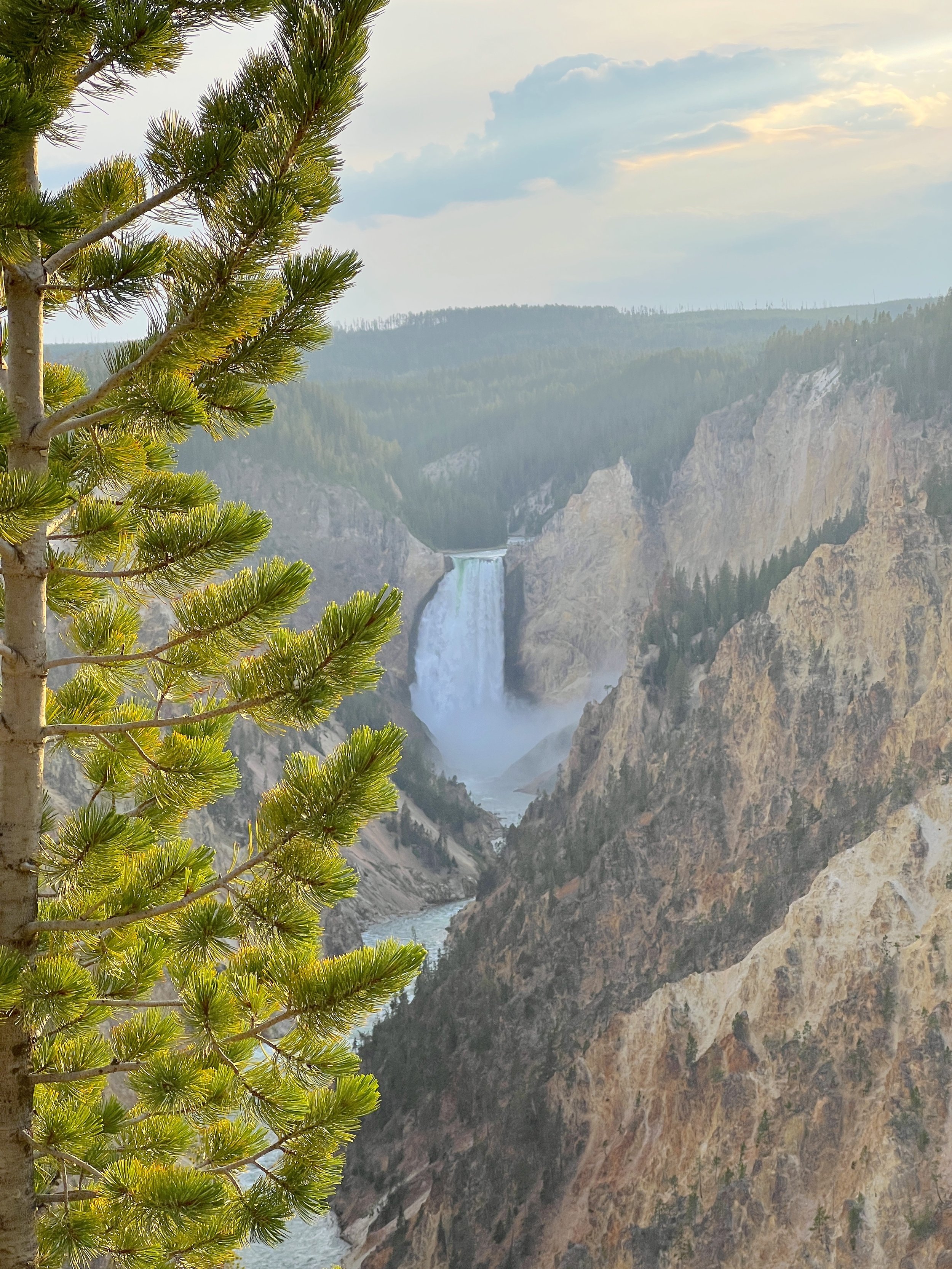
Backpack the Wilderness
For a more in depth exploration of Yellowstone National Park pick up a backpacking permit and tour the parks remote wilderness. This is a great way to avoid the crowds and experience the incredible night sky. For more information about back country camping, check out the park website.
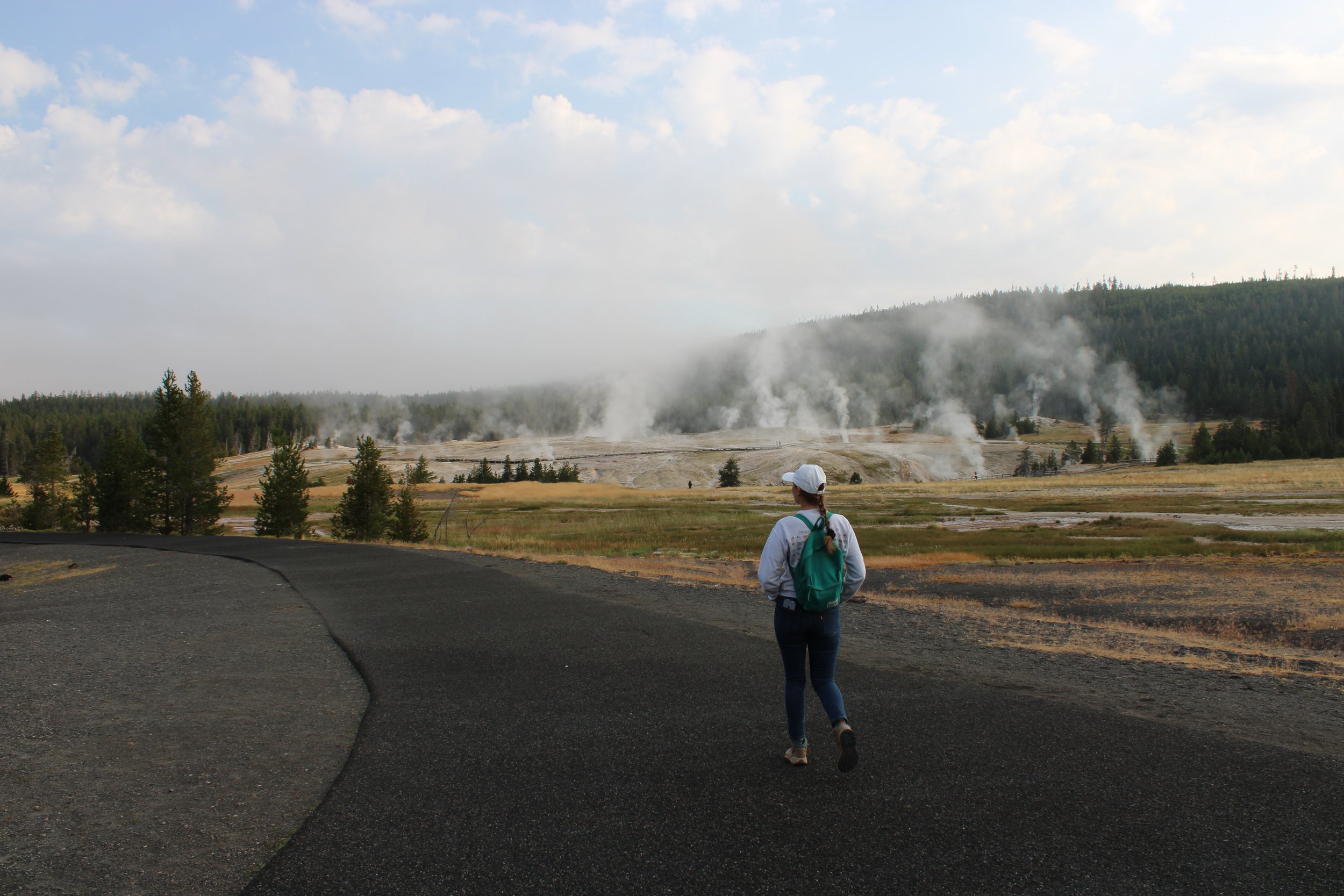
Parks as Classrooms
What better way to learn then by bringing the classroom to the park! The National Park System provides a series of curriculum covering topics such a math, science, social studies, and language arts for elementary and middle school learners. A great option for homeschooling or field trips.
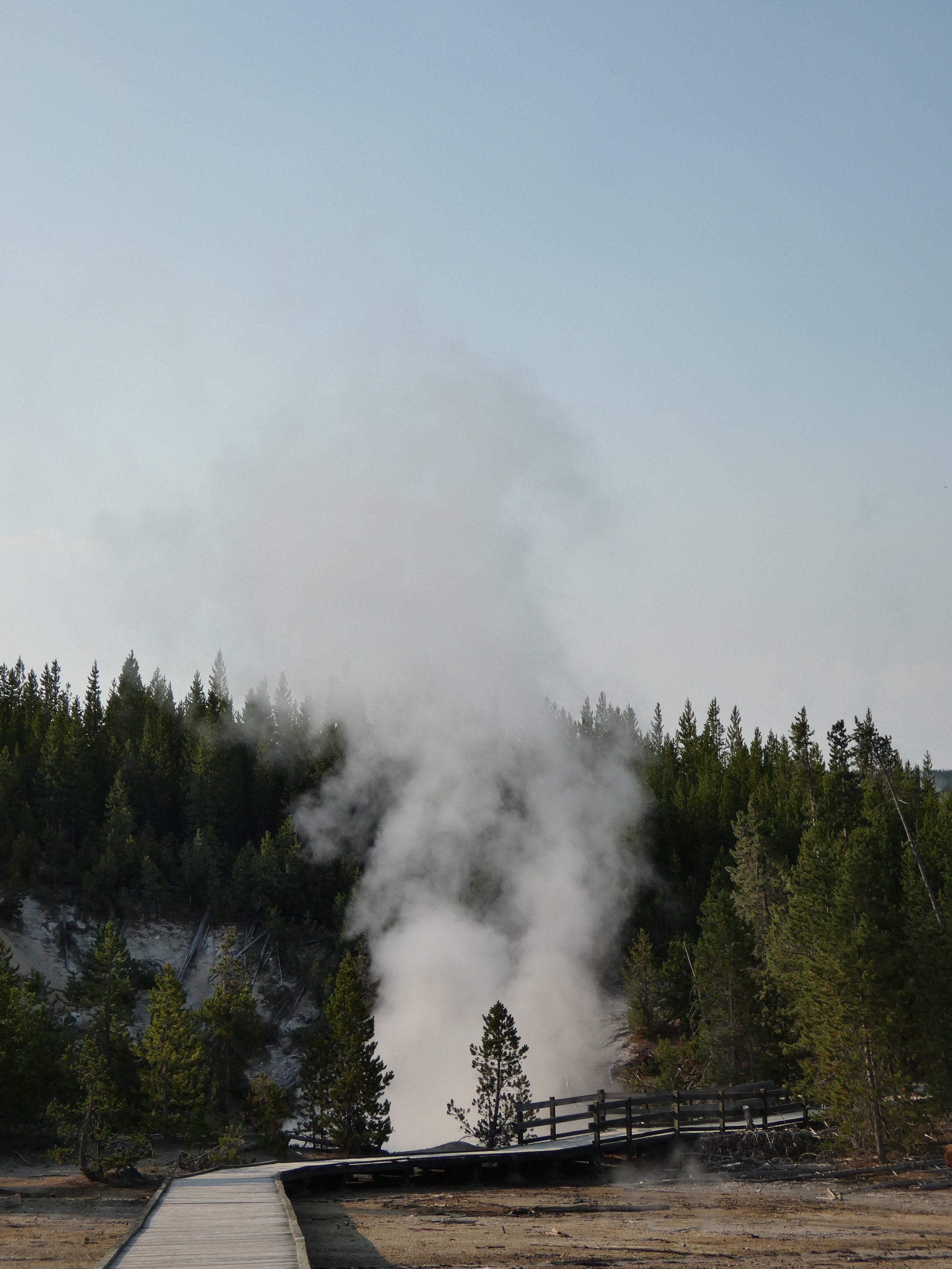
Junior Ranger Program
If you’re not able to plan a visit to Yellowstone National Park then this is great way for you’re kids to still learn about the park without actually being there. The Virtual Junior Ranger Program consists of a series of videos and activities to complete with a Virtual Badge to be given at the end.
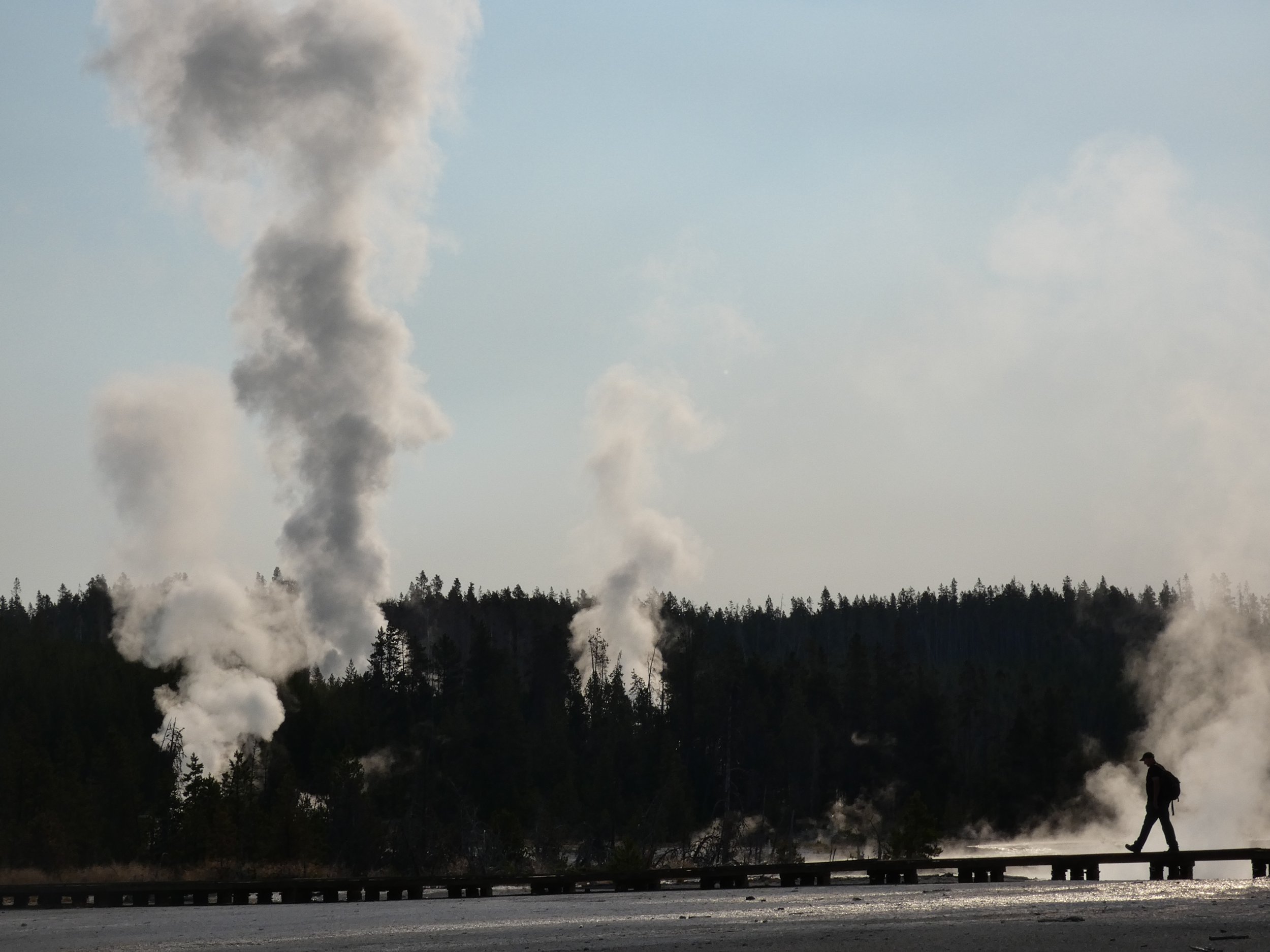
Let us know in the comments if you’ve ever been to Yellowstone National Park!
